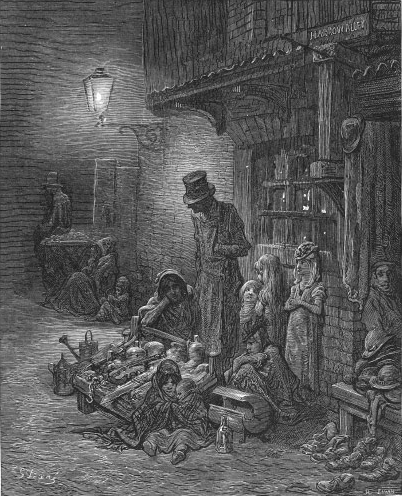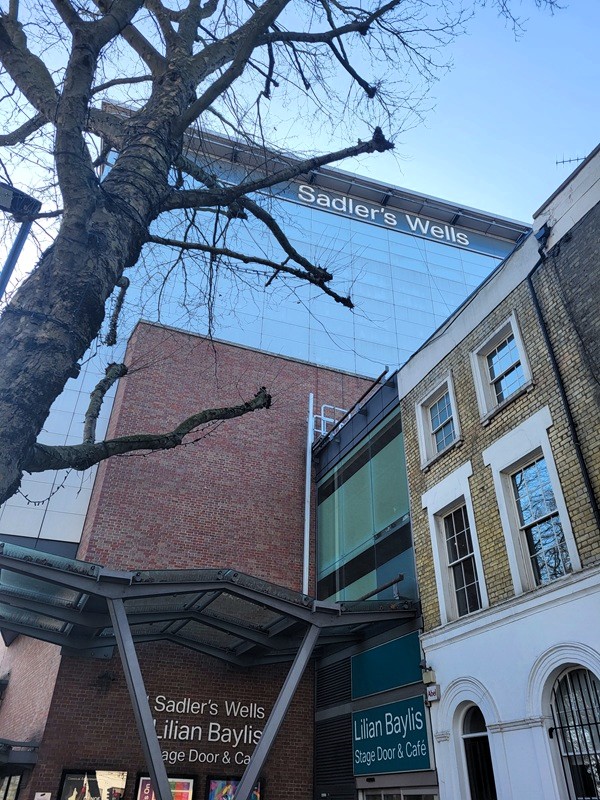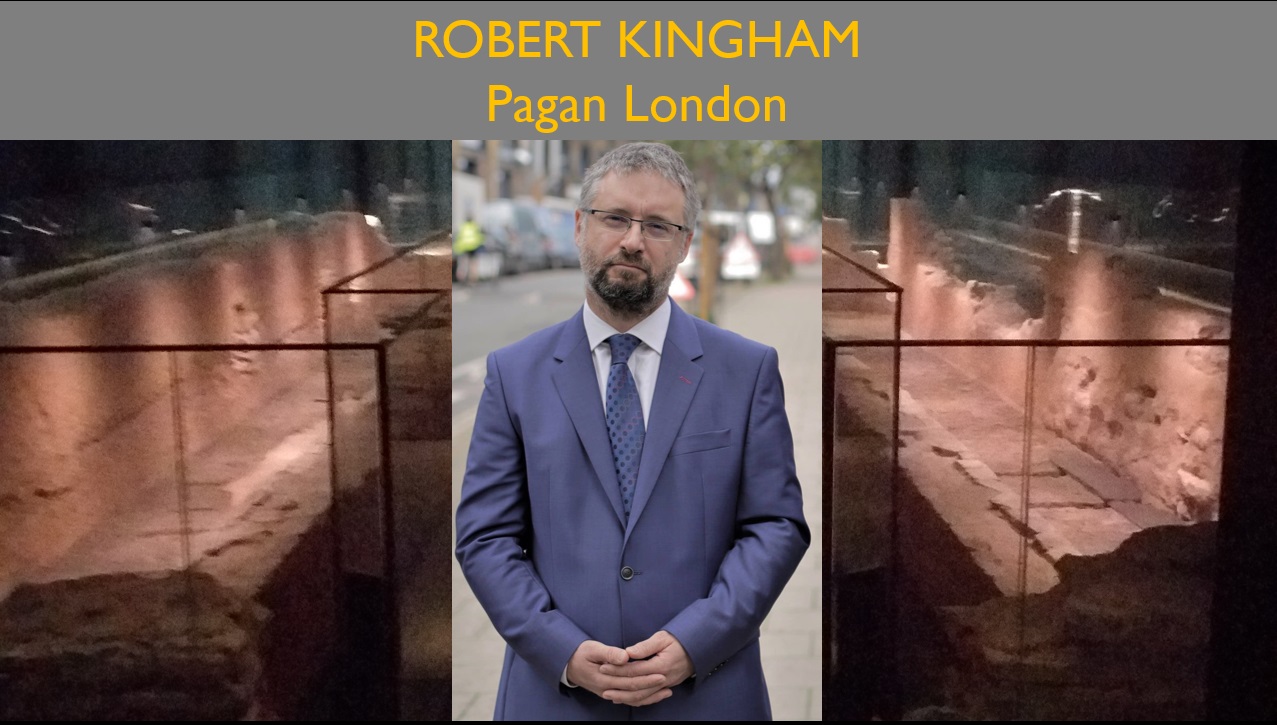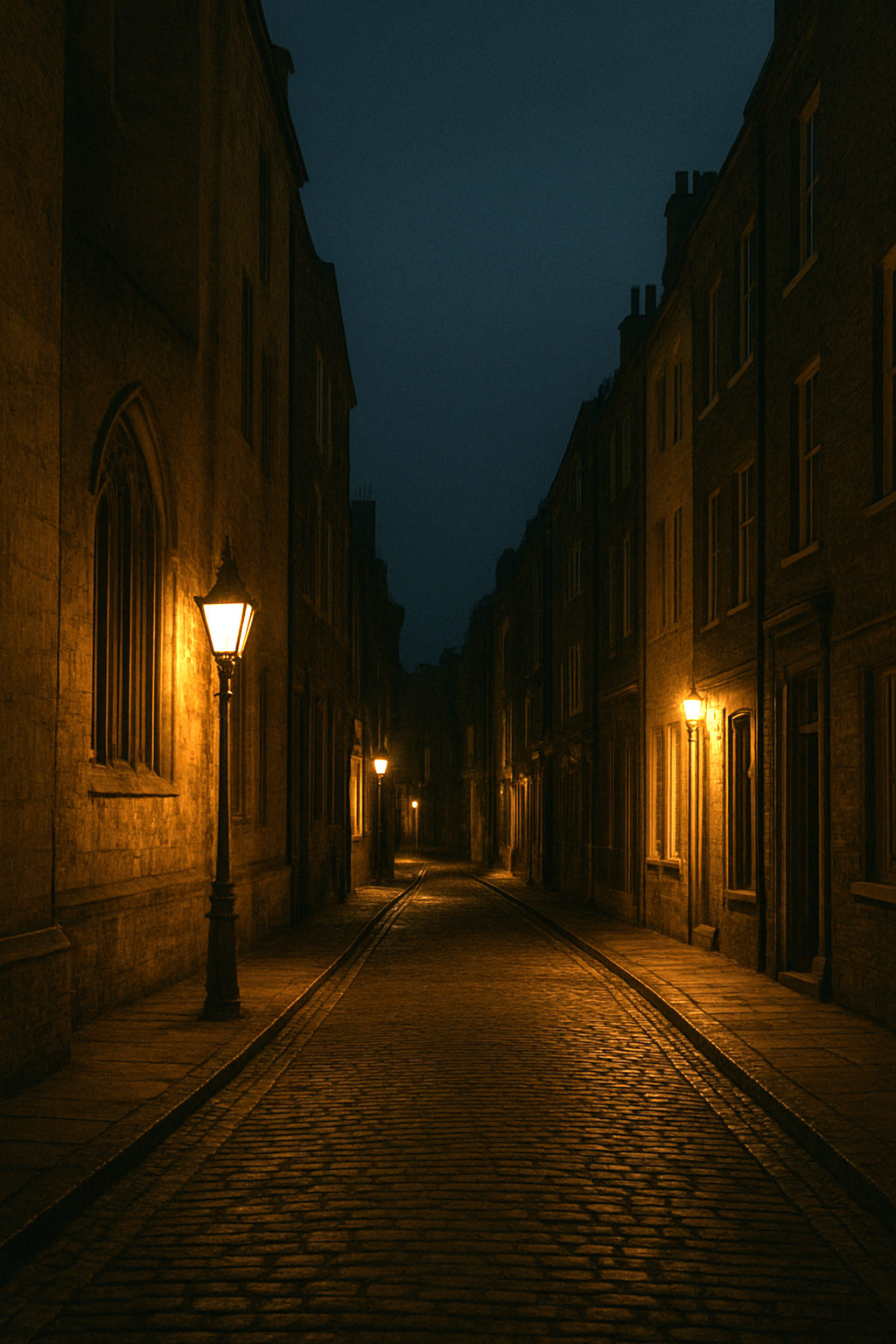by Dorothee Schröder
Houndsditch is a street in the far eastern part of the City of London, running through Portsoken Ward and Bishopsgate Without Ward, which partly overlap with the East End. It stretches from Bishopsgate to Aldgate High Street.
In ancient times, outside Londinium’s Roman defence wall, there ran a ditch that was later filled in and eventually disappeared. The section between Bishopsgate and Aldgate gave the street its name, probably because it was used as a dumping ground for rubbish, including dead dogs. Another possible explanation is that wild dogs scavenged the waste there. In 1989, archaeologists uncovered eight human skeletons dating back to Roman times, along with several dog skeletons.
The street was formerly known simply as The Ditch, but by the 13th century the name Houndsditch had come into use. In 1503 the street beside the ditch was paved, and in 1595 the first plans for levelling it were discussed.
As part of both the City of London and the East End, Houndsditch is a street with many stories to tell. One of the most infamous occurred in the early hours of 30 September 1888. At 12:55 a.m., Catherine Eddowes, later the fourth victim of Jack the Ripper, was released from Bishopsgate Police Station, where she had spent a few hours sobering up. On leaving, she was seen walking down Houndsditch towards Aldgate. This was her final path, leading to the place where she met her killer. Forty minutes later, her mutilated body was discovered in Mitre Square.
In 1910 Houndsditch gained further notoriety with the so-called Houndsditch Murders. On 16 December three City of London police officers were shot and killed by anarchists during a robbery at a jeweller’s shop at 119 Houndsditch.
Today the street lies at the heart of London’s financial centre. While many modern office buildings now dominate the area, several empty plots still mark the locations of historic plague pits. A short section of Houndsditch has been pedestrianised and runs along the north side of Heron Tower, the tallest building in the City of London.
Going back to Roman times, Houndsditch, like many other streets in the City, remains a link between London’s past and present.
Cover picture: Gustave Doré: Houndsditch (1872) (Source: Wikimedia Commons)




